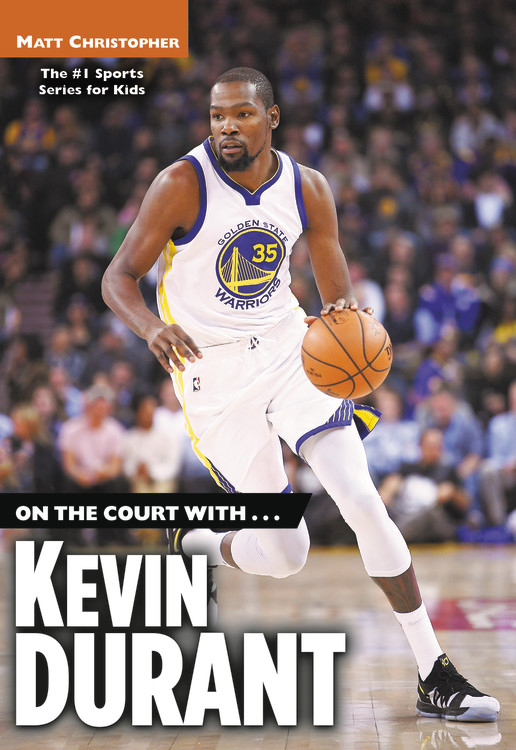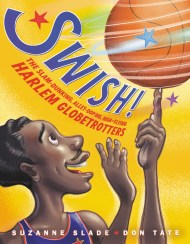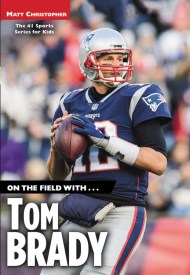Promotion
Use code MOM24 for 20% off site wide + free shipping over $45
On the Court with...Kevin Durant
Contributors
Formats and Prices
Price
$6.99Price
$9.99 CADFormat
Format:
- Trade Paperback $6.99 $9.99 CAD
- ebook $6.99 $8.99 CAD
This item is a preorder. Your payment method will be charged immediately, and the product is expected to ship on or around September 4, 2018. This date is subject to change due to shipping delays beyond our control.
Also available from:
From his days as the skinny kid on youth teams to his MVP season with the Oklahoma City Thunder to his first NBA Championship with the Golden State Warriors, Kevin Durant has been an electrifying presence on the basketball court. With two Olympic gold medals, four NBA scoring titles, and an NBA MVP Award, Kevin shows no sign of slowing down. Through every triumph, Kevin has lived his life by the motto “hard work beats talent when talent fails to work hard,” dedicating himself to becoming the best player on the court and known for remaining humble and kind through it all.
This action-packed and comprehensive biography brings readers onto the court to experience the biggest moments of Kevin Durant’s remarkable career, relays details of his life, and shows his dedication to giving back to his community. Complete with stats and photographs, this book makes the perfect gift for any young sports fan.
Genre:
- On Sale
- Sep 4, 2018
- Page Count
- 144 pages
- Publisher
- Little, Brown Books for Young Readers
- ISBN-13
- 9780316486712
Newsletter Signup
By clicking ‘Sign Up,’ I acknowledge that I have read and agree to Hachette Book Group’s Privacy Policy and Terms of Use







